Home>Articles>What Showerhead Works Best For Low Water Pressure
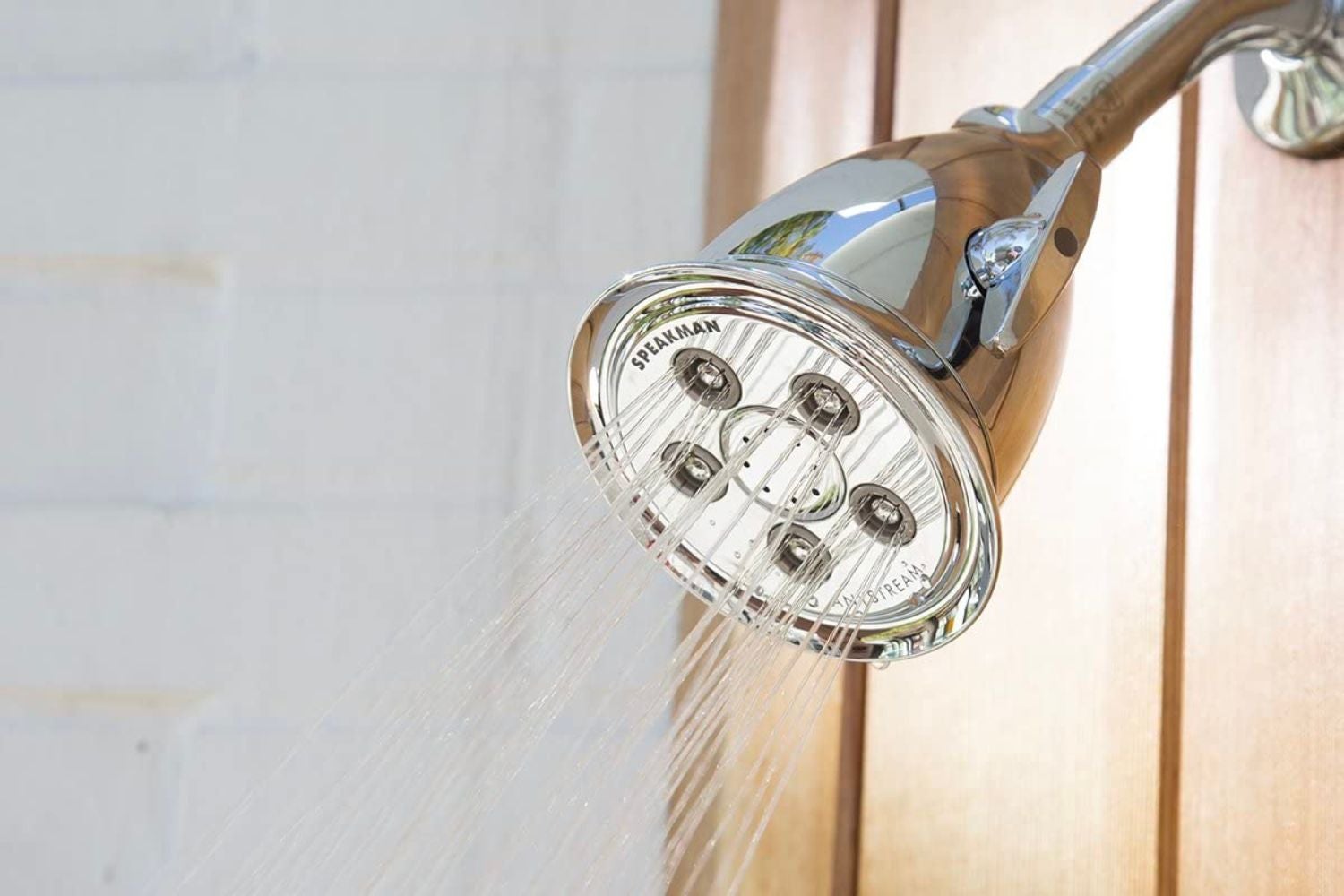

Articles
What Showerhead Works Best For Low Water Pressure
Modified: January 8, 2024
Discover the best showerhead for low water pressure in our informative articles. Find out which style and design will enhance your shower experience.
(Many of the links in this article redirect to a specific reviewed product. Your purchase of these products through affiliate links helps to generate commission for Storables.com, at no extra cost. Learn more)
Introduction
Having a refreshing and invigorating shower is one of life’s simple pleasures. However, it can be incredibly frustrating and disappointing when you turn on the shower, only to be greeted with a feeble trickle of water due to low water pressure. Low water pressure can make even the most luxurious showerhead feel underwhelming, leaving you longing for a strong and invigorating stream.
Understanding the causes of low water pressure in your shower can help you find the best solution to enhance your showering experience. In this article, we will delve into the factors that affect water pressure in showerheads and explore the different types of showerheads available. We will also provide recommendations for the best showerheads to use when you have low water pressure, as well as expert tips on installation to improve water flow.
By the end of this article, you’ll have a better understanding of how to choose the ideal showerhead that works best for low water pressure, ensuring that you can enjoy a revitalizing and satisfying shower experience every time.
Key Takeaways:
- Understanding the root causes of low water pressure and selecting a suitable showerhead can significantly enhance your showering experience, ensuring a revitalizing and satisfying outcome.
- High pressure showerheads can help improve water flow, but it’s essential to address underlying plumbing issues. Consider installation tips and seek professional advice for optimal results.
Read more: How To Fix Low Showerhead Pressure
Understanding Low Water Pressure
Low water pressure occurs when the volume of water flowing through your plumbing system is inadequate, resulting in a weak and unsatisfying water stream. This can be attributed to various factors, both internal and external, that affect the water supply to your shower.
Internal factors, such as clogged pipes or mineral buildup, can restrict water flow and lead to decreased water pressure. Over time, minerals like calcium and magnesium can accumulate in your pipes, causing blockages and reducing the amount of water that can flow through. Additionally, old or corroded pipes may also contribute to low water pressure as they can restrict the water flow.
On the other hand, external factors such as the distance between your home and the water source, as well as the elevation, can also impact water pressure. If you live in a high-rise building or on an elevated area, the water pressure can naturally be lower due to the force required to pump water upwards. Similarly, if your home is located far from the water source, it can result in reduced water pressure by the time it reaches your shower.
Understanding the root cause of low water pressure in your shower is essential for finding the most effective solution. By identifying and addressing the underlying issues, you can improve the water pressure and enjoy a more satisfying showering experience.
Factors Affecting Water Pressure in Showerheads
Several factors can influence the water pressure in your showerhead. By understanding these factors, you can make informed decisions about selecting a showerhead that will provide the best water flow for your low water pressure situation.
1. Water Supply: The main factor affecting water pressure is the supply of water coming into your home. If the supply pressure is low, it will directly impact the water pressure in your showerhead. You can check the water pressure in your home using a pressure gauge to determine if this is a contributing factor.
2. Pipe Diameter: The diameter of the pipes carrying water to your shower can also impact water pressure. Smaller diameter pipes create more resistance, reducing the flow of water and resulting in lower water pressure.
3. Pipe Condition: The condition of your pipes plays a role in water pressure. Old and corroded pipes may have more restrictions, hindering the flow of water and causing lower water pressure. It’s important to regularly inspect and maintain your plumbing system to ensure optimal water flow.
4. Showerhead Design: The design of the showerhead itself can influence water pressure. Some showerheads are designed to enhance water pressure by utilizing features like high-pressure jets or aerated streams. Others are designed for a more gentle and relaxing experience, which may not be suitable for low water pressure situations.
5. Water Conservation Features: Many modern showerheads are designed with water conservation in mind. While these features may be great for the environment, they can sometimes result in decreased water pressure. Showerheads with low-flow restrictors or water-saving settings may restrict water flow, especially in areas with already low water pressure.
When dealing with low water pressure, it is important to consider these factors and choose a showerhead that will help optimize the water flow in your shower. By selecting a showerhead that addresses these factors, you can enjoy a more satisfying and refreshing showering experience.
Types of Showerheads
When searching for a showerhead that works best for low water pressure, it’s important to understand the different types available. Each type offers unique features and water flow options, making it essential to choose one that suits your specific needs and preferences.
1. Standard Fixed Showerhead: This is the most common type of showerhead found in households. It is mounted to the wall and provides a steady stream of water. Standard fixed showerheads come in various designs and finishes, offering options for different aesthetic preferences.
2. Handheld Showerhead: As the name suggests, a handheld showerhead is detachable and can be held in your hand. It provides flexibility and allows you to direct the water flow where you want it. Handheld showerheads are ideal for those who prefer a more targeted approach to cleaning, as well as for individuals with mobility issues.
3. Rainfall Showerhead: Rainfall showerheads mimic the experience of standing under a gentle rain shower. They usually have a large surface area and provide a wide, soothing flow of water. Rainfall showerheads are popular for creating a luxurious and spa-like shower experience.
4. High-Pressure Showerhead: High-pressure showerheads are specifically designed to deliver a powerful stream of water, making them a great option for homes with low water pressure. These showerheads often feature adjustable settings to customize the flow of water to your preference.
5. Aerating Showerhead: Aerating showerheads mix air with water to create a bubbly and softer flow. This not only enhances water pressure but also helps conserve water by creating the illusion of a higher water volume. Aerating showerheads are a popular choice for those looking for a gentle and eco-friendly shower experience.
6. Handheld Rainfall Combo: This type of showerhead combines the convenience of a handheld showerhead with the luxurious experience of a rainfall showerhead. It offers the versatility to switch between a traditional showerhead and a handheld showerhead, catering to different preferences and needs.
When selecting a showerhead for low water pressure, it is important to consider the type that best suits your preferences and provides optimal water flow. Each type has its own benefits and features, ensuring that you can find the perfect showerhead to enhance your showering experience.
Recommended Showerheads for Low Water Pressure
Dealing with low water pressure in your shower can be frustrating, but there are showerheads available that can help improve your showering experience. Here are some recommended showerheads for low water pressure:
1. High-Pressure Handheld Showerhead: A handheld showerhead with high-pressure settings is an excellent choice for low water pressure situations. Look for models specifically designed to increase water pressure, such as those with adjustable spray patterns or pressure-boosting technology.
2. Low-Flow Showerhead: While low-flow showerheads are typically designed for water conservation, they can also be beneficial for low water pressure situations. These showerheads are engineered to provide an efficient flow by maximizing the water force without using excessive water volume.
3. Aerating Showerhead: Aerating showerheads mix air with water, creating a more invigorating and voluminous water flow. This can help compensate for low water pressure and provide a satisfying shower experience. Look for showerheads with adjustable aerator settings to customize the water flow to your preference.
4. High-Pressure Rainfall Showerhead: If you enjoy the gentle, drenching sensation of rainfall showers but have low water pressure, a high-pressure rainfall showerhead can be the perfect solution. These showerheads create a luxurious shower experience by combining wide coverage with increased water pressure.
5. Water-Saving Showerhead with Boosting Technology: Some showerheads are designed to conserve water while boosting water pressure. Look for models that feature pressure-boosting technology, such as adjustable spray patterns or pulsating modes, to enhance your showering experience.
When choosing a showerhead for low water pressure, consider your specific needs and preferences. Look for features that can enhance water pressure, such as adjustable settings, high-pressure options, or water-saving technologies. Reading customer reviews and seeking recommendations from others who have dealt with low water pressure can also help you make an informed decision.
Remember, not all showerheads are created equal, so finding the right one for your low water pressure situation is crucial for enjoying a satisfying and revitalizing shower experience.
Look for a showerhead with a high pressure setting and smaller nozzles to increase water velocity. A handheld showerhead with adjustable settings can also help optimize water flow for low pressure.
High Pressure Showerheads: A Viable Solution?
Dealing with low water pressure in your shower can be a frustrating experience. Many people turn to high pressure showerheads as a potential solution to this problem. But are high pressure showerheads a viable solution for low water pressure? Let’s explore.
High pressure showerheads are specifically designed to deliver a powerful stream of water, even in situations where the water pressure is low. These showerheads are equipped with various features and technologies that help increase the force and velocity of the water flow.
One of the key features of high pressure showerheads is their ability to optimize the water flow by restricting the flow rate and creating a more focused stream. This helps to compensate for low water pressure and provides a more satisfying showering experience. Additionally, some high pressure showerheads utilize pressure-boosting technology to amplify the water pressure, enhancing the overall water flow.
While high pressure showerheads can certainly help improve water flow, it’s important to note that they are not a magical solution that will completely eliminate the issues caused by low water pressure. The effectiveness of a high pressure showerhead depends on various factors, such as the severity of the low water pressure and the specific design of the showerhead.
In some cases, high pressure showerheads may not be enough to overcome significant low water pressure problems. If there are underlying issues with your plumbing system or if the water pressure is extremely low, it may be necessary to address those issues first before considering a high pressure showerhead as a solution.
Additionally, it’s essential to choose a high pressure showerhead that is compatible with your existing plumbing system. Ensure that the showerhead is compatible with the appropriate flow rate and installation requirements to ensure optimal performance.
Ultimately, the effectiveness of a high pressure showerhead as a solution for low water pressure can vary depending on individual circumstances. It’s worth trying a high pressure showerhead to see if it improves your showering experience, but be prepared to consider alternative solutions if the low water pressure issue persists.
Consulting with a plumbing professional can also provide valuable insights and recommendations to help determine the best course of action for improving water pressure in your shower.
How to Choose the Best Showerhead for Low Water Pressure
Choosing the right showerhead for low water pressure is essential to ensure a satisfying shower experience. Here are some factors to consider when selecting the best showerhead for your low water pressure situation:
1. Water Flow Efficiency: Look for showerheads that are designed to optimize water flow efficiency. This includes low-flow showerheads or those with water-saving features. These types of showerheads can help maximize water pressure while conserving water usage.
2. Pressure-Boosting Technology: Consider showerheads that utilize pressure-boosting technology. These showerheads are specifically designed to enhance water pressure by increasing the force of the water flow. Look for features such as adjustable spray settings or pulsating modes that can help compensate for low water pressure.
3. Adjustable Settings: Look for showerheads with adjustable settings that allow you to customize the water flow according to your preferences. The ability to switch between different spray patterns or adjust the water pressure can provide a more personalized showering experience, especially in low water pressure situations.
4. Aerated Showerheads: Consider aerating showerheads that mix air with water, creating a bubbly and gentle flow. These showerheads not only help enhance water pressure by creating the illusion of a higher volume of water but also provide a comfortable and invigorating showering experience.
5. Handheld or Combo Options: Handheld showerheads or combo showerhead systems can be beneficial for low water pressure situations. They offer flexibility in directing the water flow and can optimize the water pressure for a more satisfying shower. Look for models that provide the option to switch between a fixed showerhead and a handheld one.
6. Customer Reviews: Reading customer reviews and ratings can provide valuable insights into the performance of different showerheads under low water pressure conditions. Look for feedback from customers who specifically mention improvements in water pressure or experiences with similar low water pressure issues.
7. Budget Considerations: Keep your budget in mind when choosing a showerhead. While high-quality showerheads often come with a higher price tag, they can provide better performance and durability. However, there are also affordable options available that can still deliver satisfactory results for low water pressure situations.
Remember, it’s important to assess your specific needs and preferences when choosing a showerhead for low water pressure. What works for one person may not work for another, so take the time to research and select a showerhead that will best suit your needs and provide an optimal showering experience.
Installation Tips for Improving Water Pressure
While choosing the right showerhead is important for improving water pressure in your shower, there are also installation tips you can follow to maximize the effectiveness of your chosen showerhead. Here are some tips to help improve water pressure:
1. Clean or Replace Clogged Showerhead: Over time, mineral deposits and debris can accumulate in your showerhead, restricting water flow and reducing water pressure. Regularly clean or replace your showerhead to remove any buildup and restore optimal water flow.
2. Remove Flow Restrictors: Some showerheads come with flow restrictors to conserve water. If you have low water pressure, you may consider removing these flow restrictors to improve water flow. However, be aware that removing flow restrictors may increase water consumption.
3. Check for Pipe Blockages: Inspect your plumbing system for any blockages or clogs that may be hindering water flow. If you find any, you can hire a professional plumber to clear the blockages and restore water pressure in the pipes.
4. Replace Old or Corroded Pipes: If your plumbing system is old or has corroded pipes, they may be restricting water flow, resulting in low water pressure. Consider replacing these old pipes with new ones to improve water flow and pressure.
5. Install a Pressure-Boosting Pump: A pressure-boosting pump can be installed in your plumbing system to increase water pressure throughout your home. This can significantly improve water pressure not only in your shower but also in other fixtures like sinks and toilets.
6. Check for Leaks: Water leaks can contribute to low water pressure by diverting water away from the designated outlets. Inspect your plumbing system for any leaks and repair them promptly to improve water pressure in your shower.
7. Consult a Professional: If you have exhausted all DIY solutions and still have low water pressure, it may be necessary to consult a professional plumber. They can assess your plumbing system, identify any underlying issues, and recommend the best course of action to improve water pressure.
Remember, improving water pressure in your shower may involve a combination of selecting the right showerhead and optimizing your plumbing system. By following these installation tips and addressing any plumbing issues, you can enhance water pressure and enjoy a more satisfying and refreshing shower experience.
Conclusion
Dealing with low water pressure can be a frustrating experience, especially when it affects your ability to enjoy a refreshing shower. However, by understanding the factors that contribute to low water pressure and exploring the various options available, you can find a showerhead that works best for your specific needs.
Choosing the right showerhead for low water pressure is crucial for improving water flow and enhancing your showering experience. Consider factors such as water flow efficiency, pressure-boosting technology, adjustable settings, aerated options, and compatibility with your existing plumbing system.
While high pressure showerheads can provide a viable solution to low water pressure, it’s essential to manage your expectations. High pressure showerheads may not completely eradicate the underlying issues causing low water pressure, and it may be necessary to address those issues separately.
In addition to choosing the right showerhead, implementing installation tips such as cleaning or replacing clogged showerheads, removing flow restrictors, checking for pipe blockages, replacing old pipes, and addressing leaks can also help improve water pressure in your shower.
Ultimately, finding the best showerhead for low water pressure requires research, experimentation, and potentially consulting with a professional plumber. Everyone’s plumbing system and water pressure situation are unique, so it may take some trial and error to find the optimal solution.
By taking the time to understand your low water pressure circumstances and considering the recommendations provided in this article, you can select a showerhead that will help optimize water flow and make your showering experience more satisfying and enjoyable.
So, don’t let low water pressure dampen your showering experience any longer. Take the necessary steps to improve water pressure and choose a showerhead that will transform your ordinary showers into invigorating and revitalizing moments of relaxation.
Frequently Asked Questions about What Showerhead Works Best For Low Water Pressure
Was this page helpful?
At Storables.com, we guarantee accurate and reliable information. Our content, validated by Expert Board Contributors, is crafted following stringent Editorial Policies. We're committed to providing you with well-researched, expert-backed insights for all your informational needs.
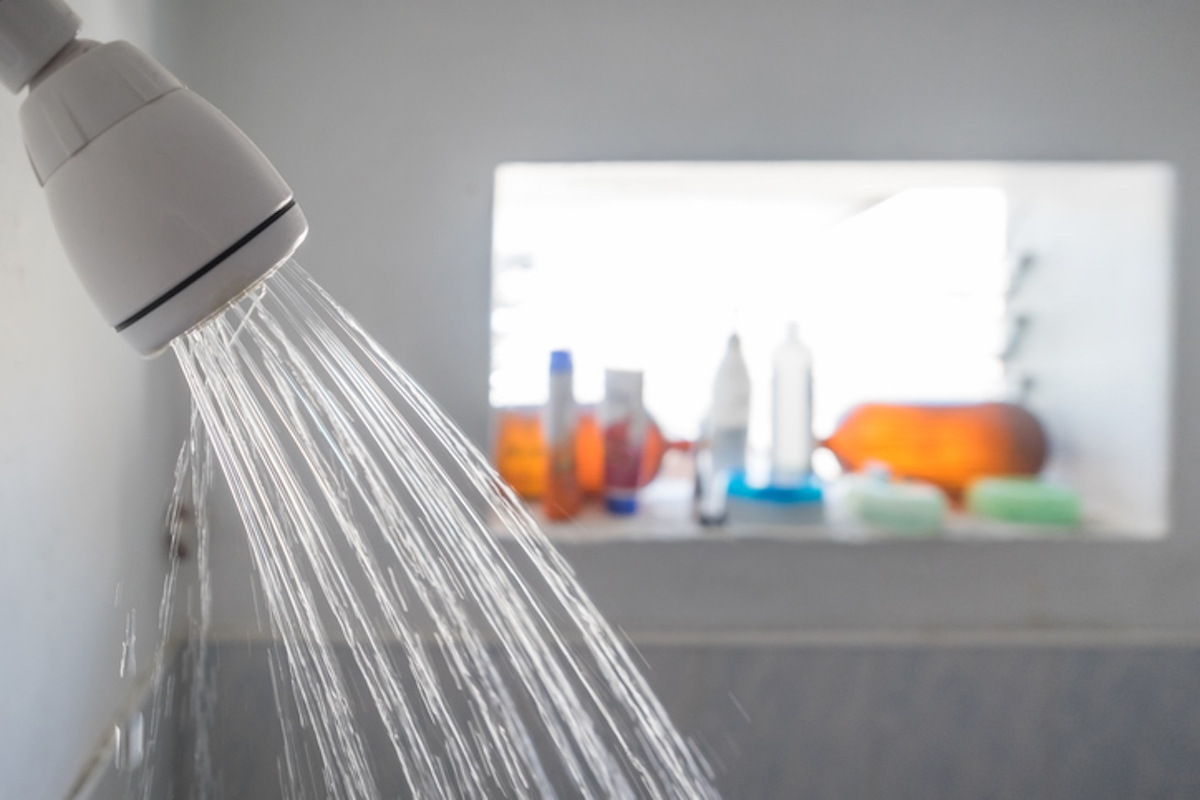
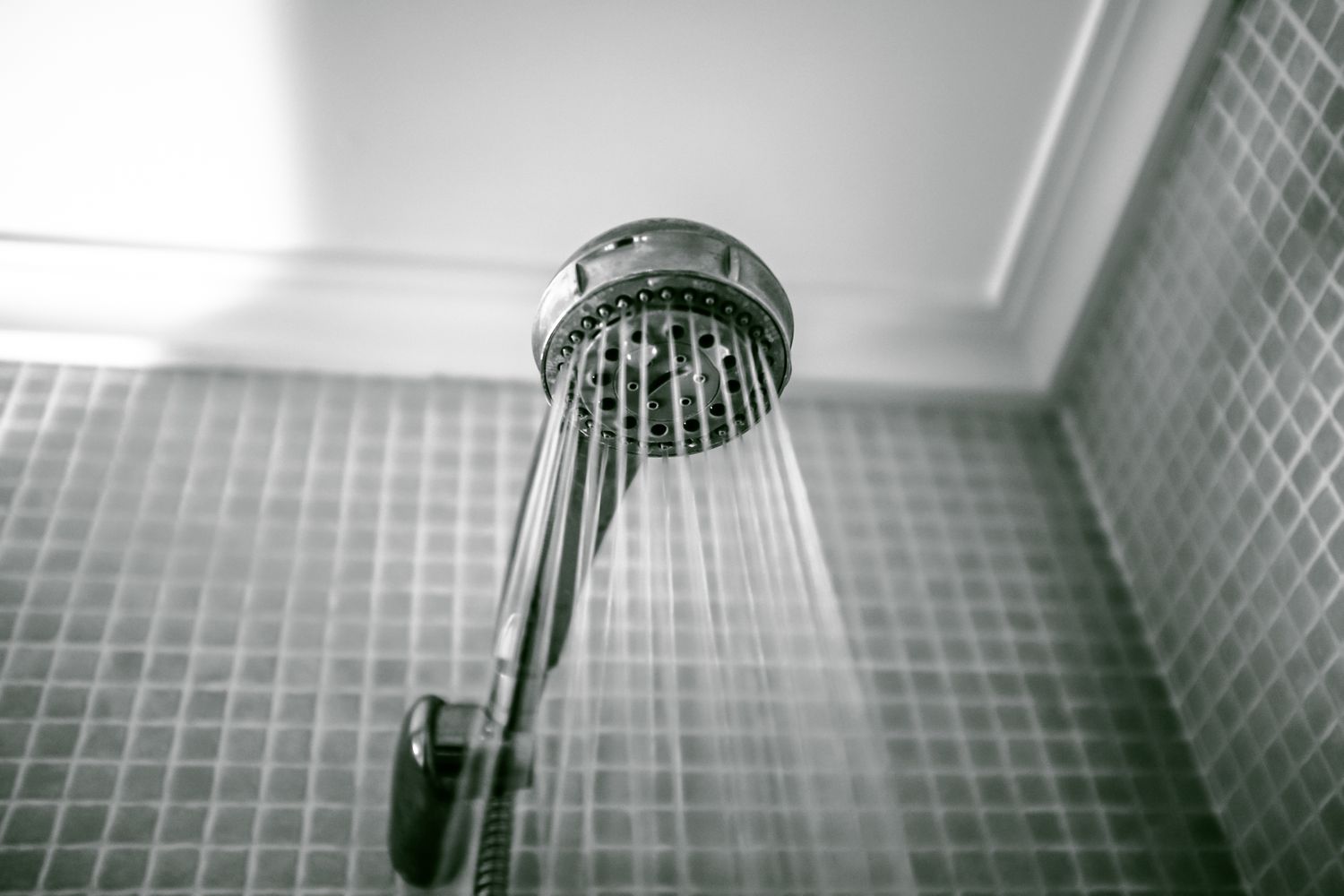
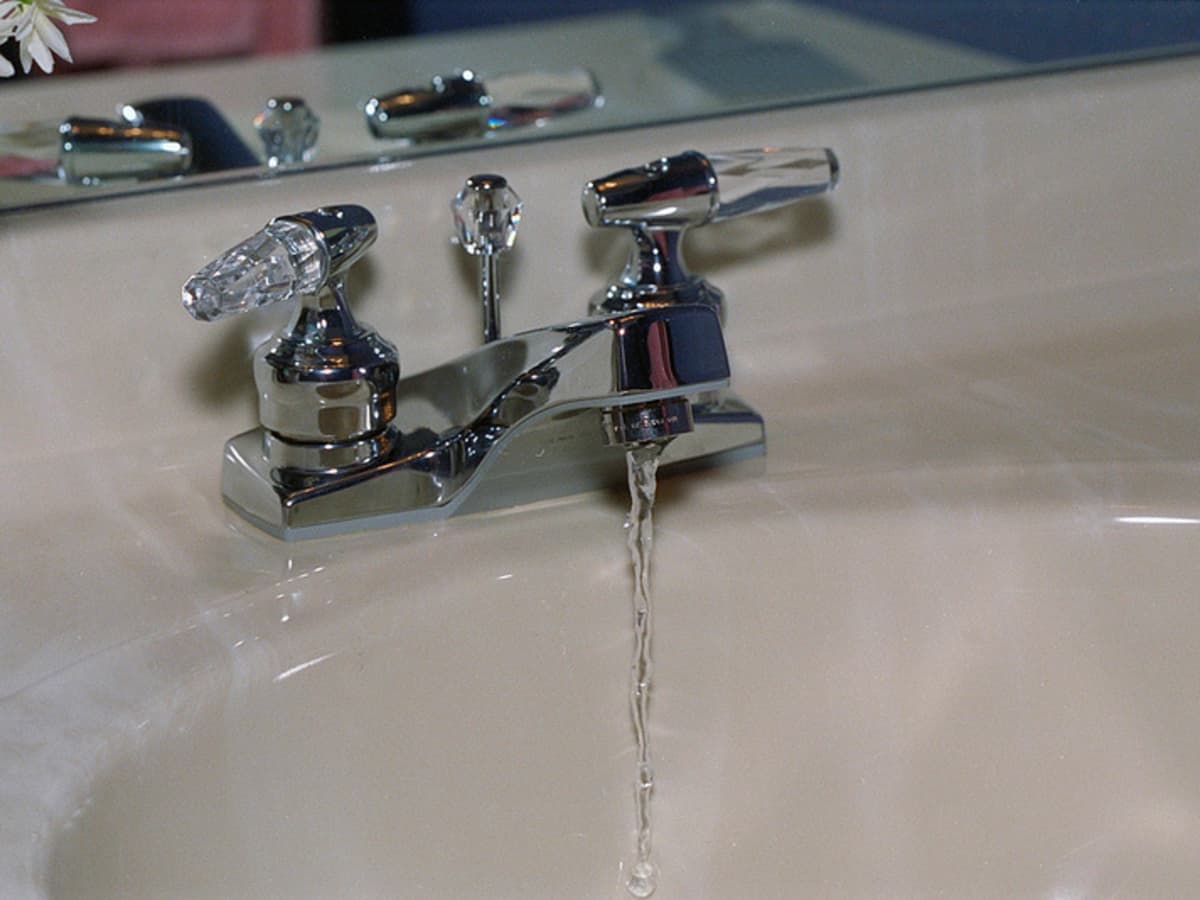
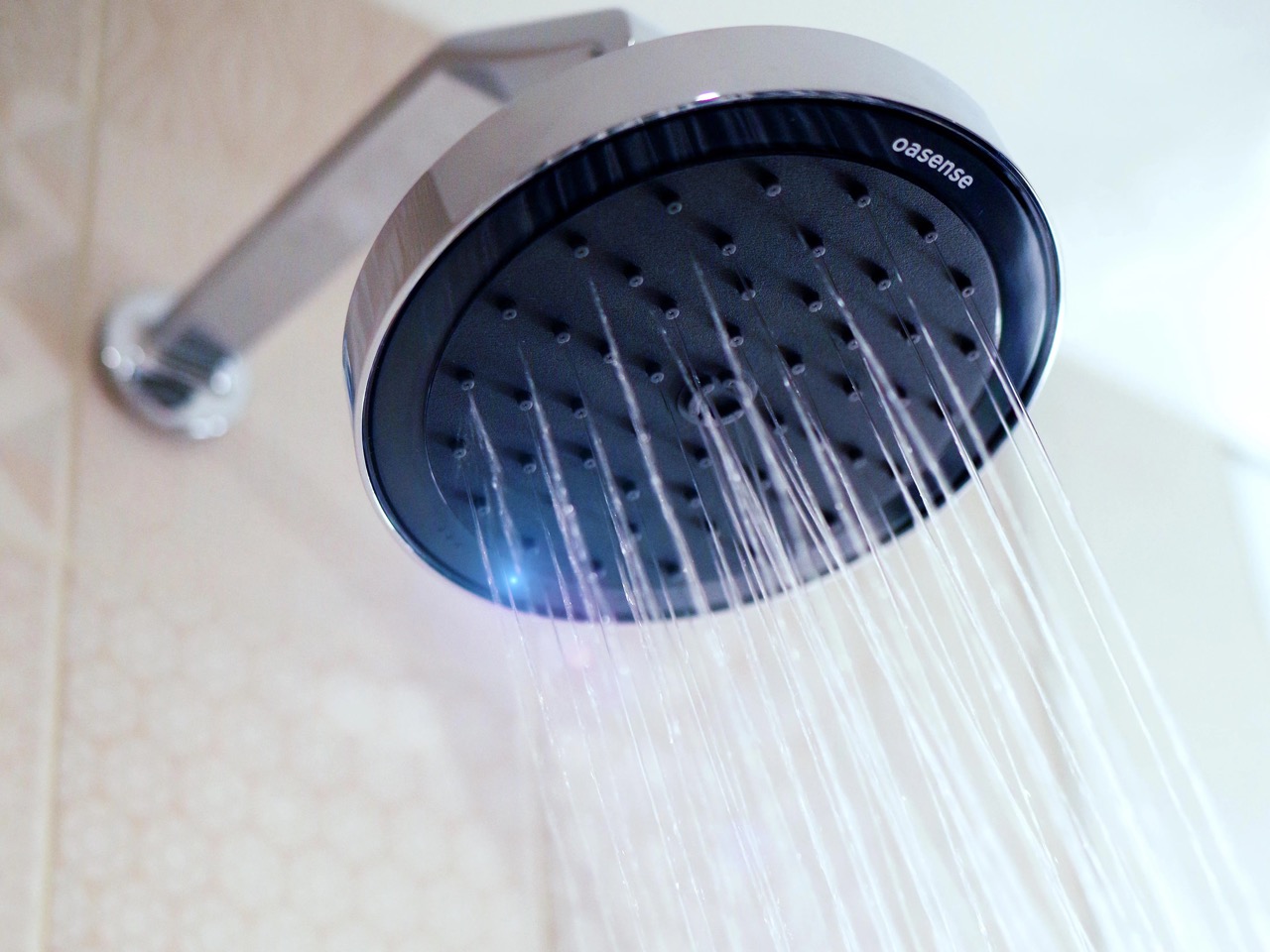
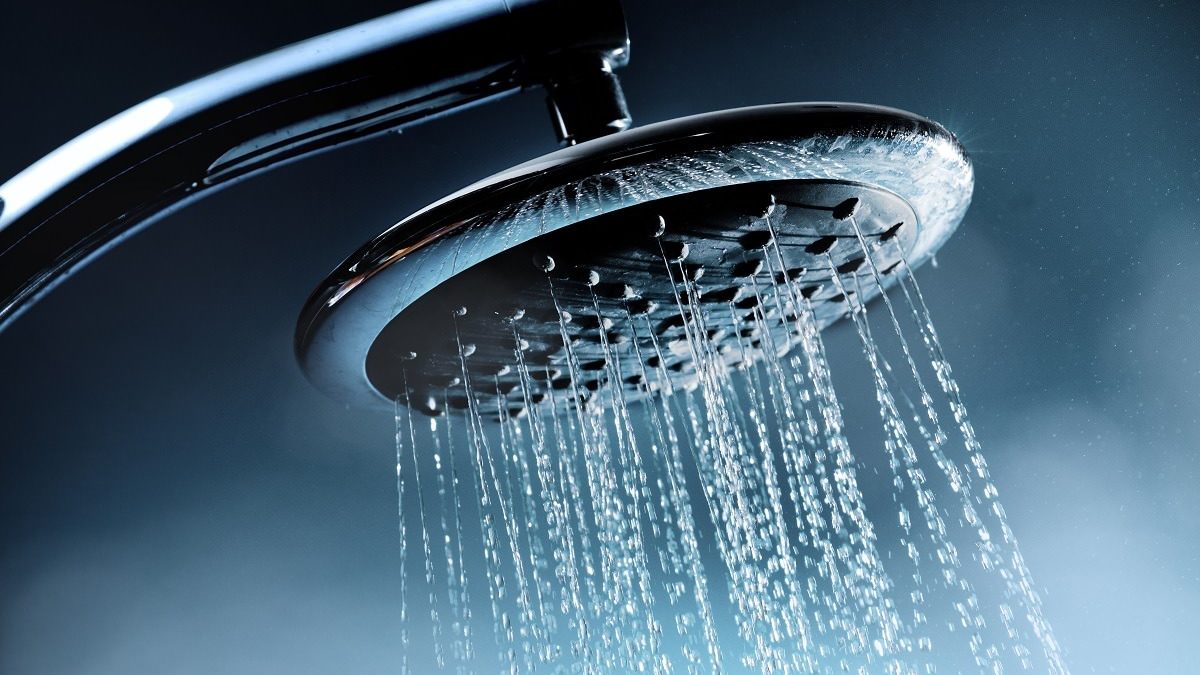
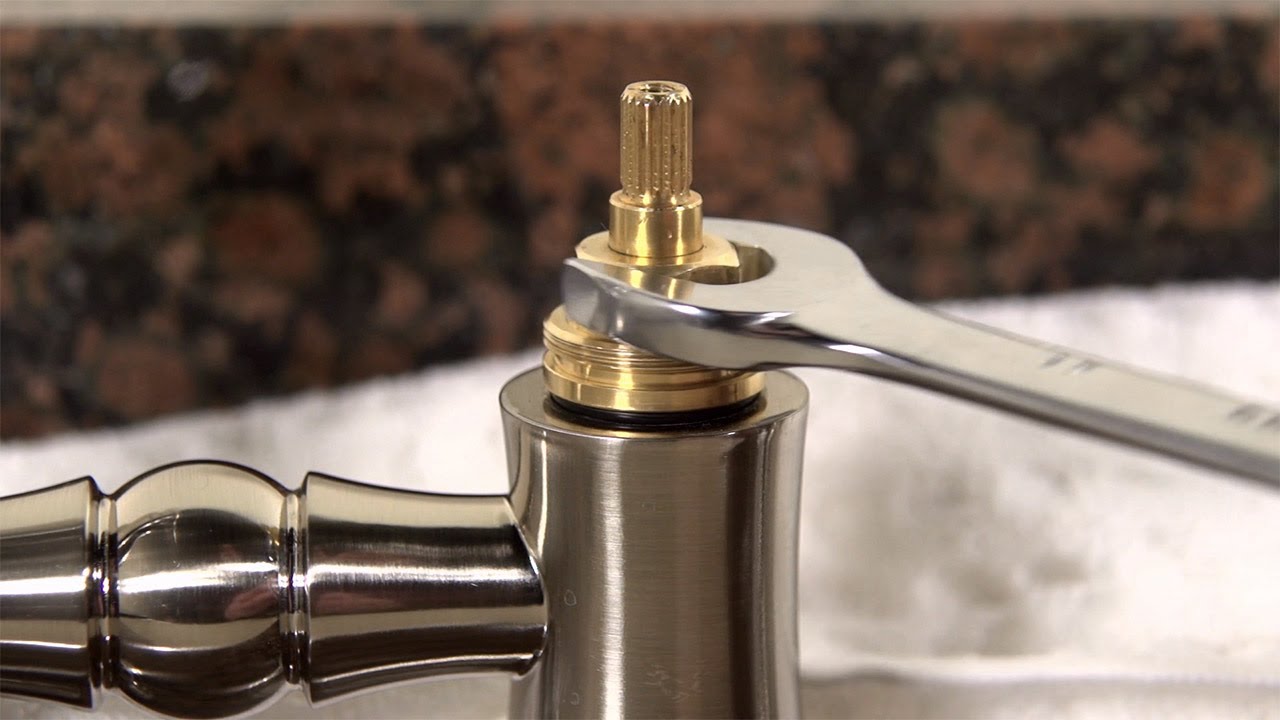
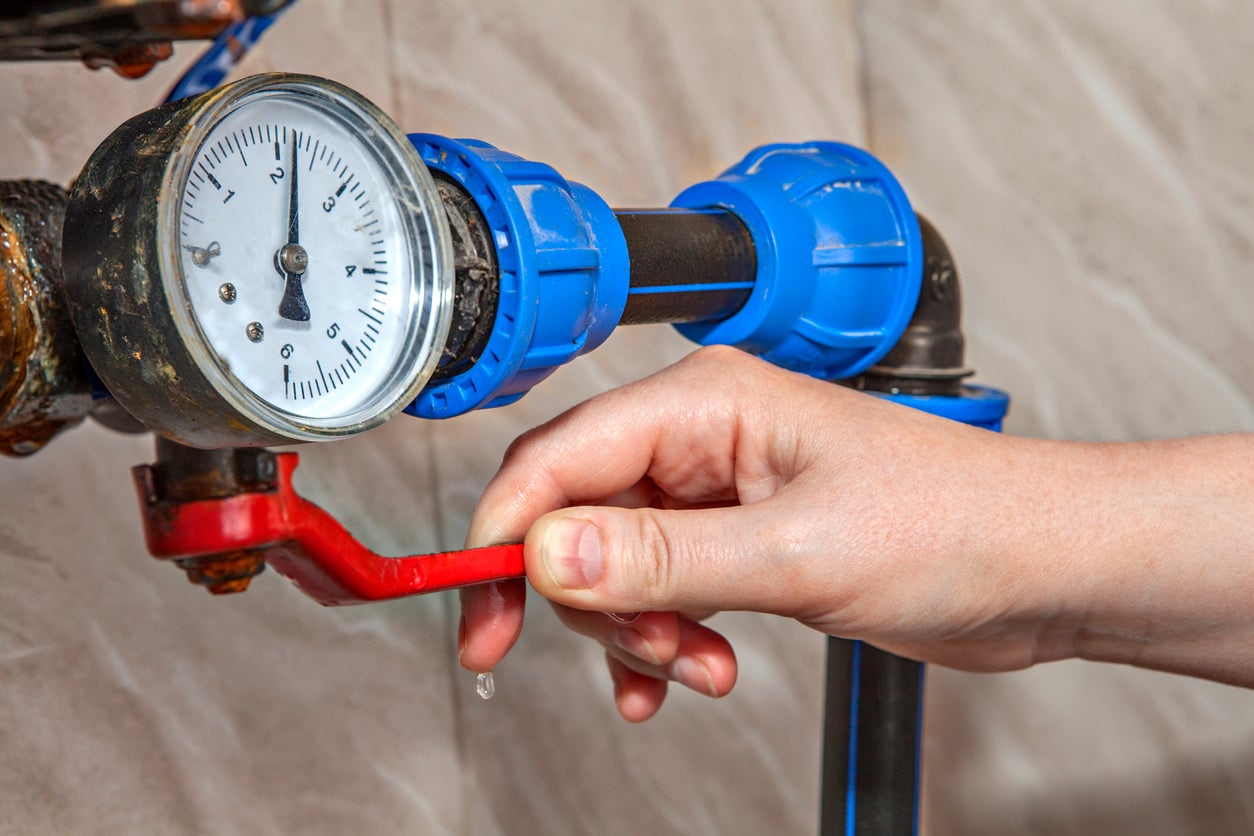
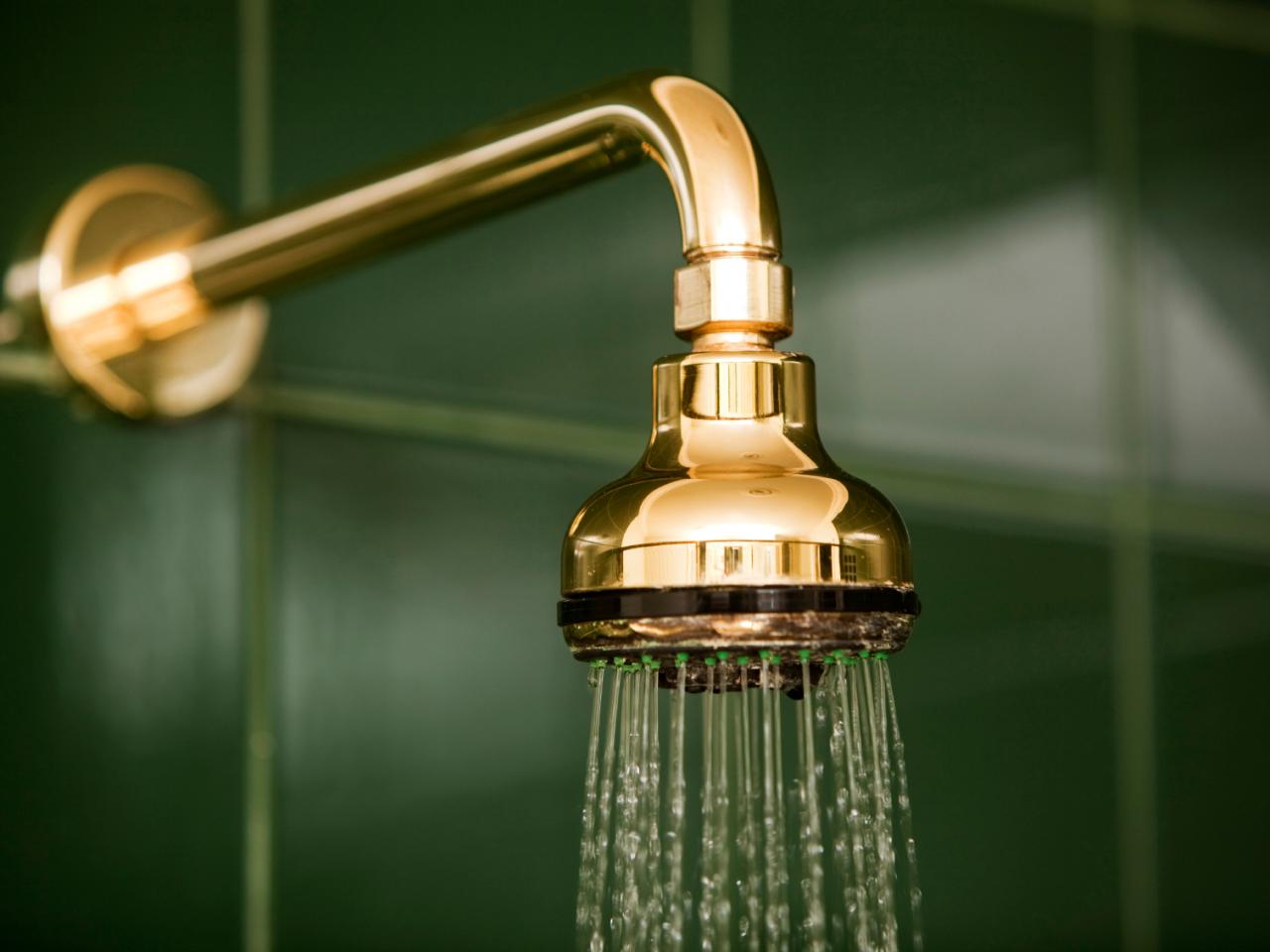
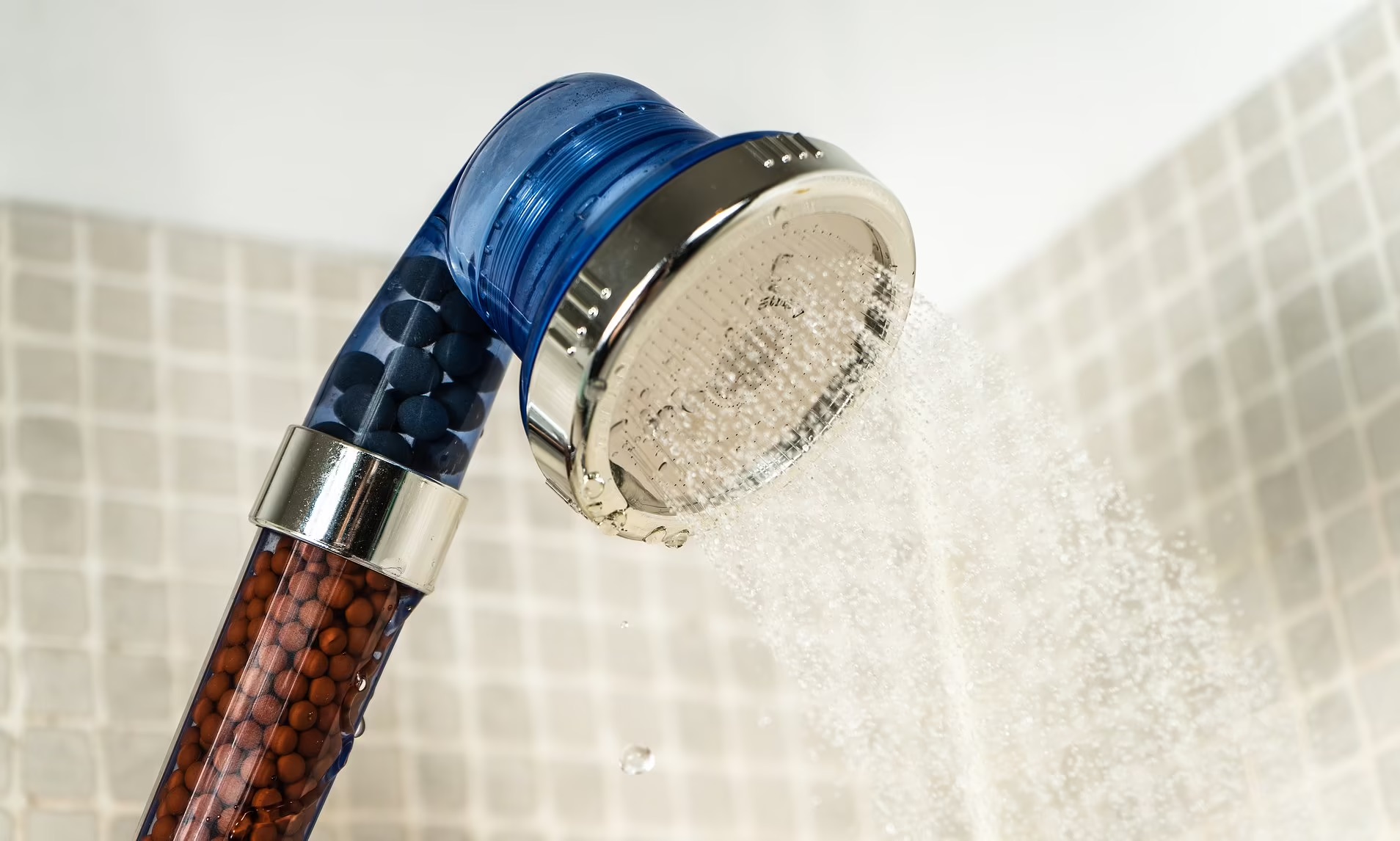
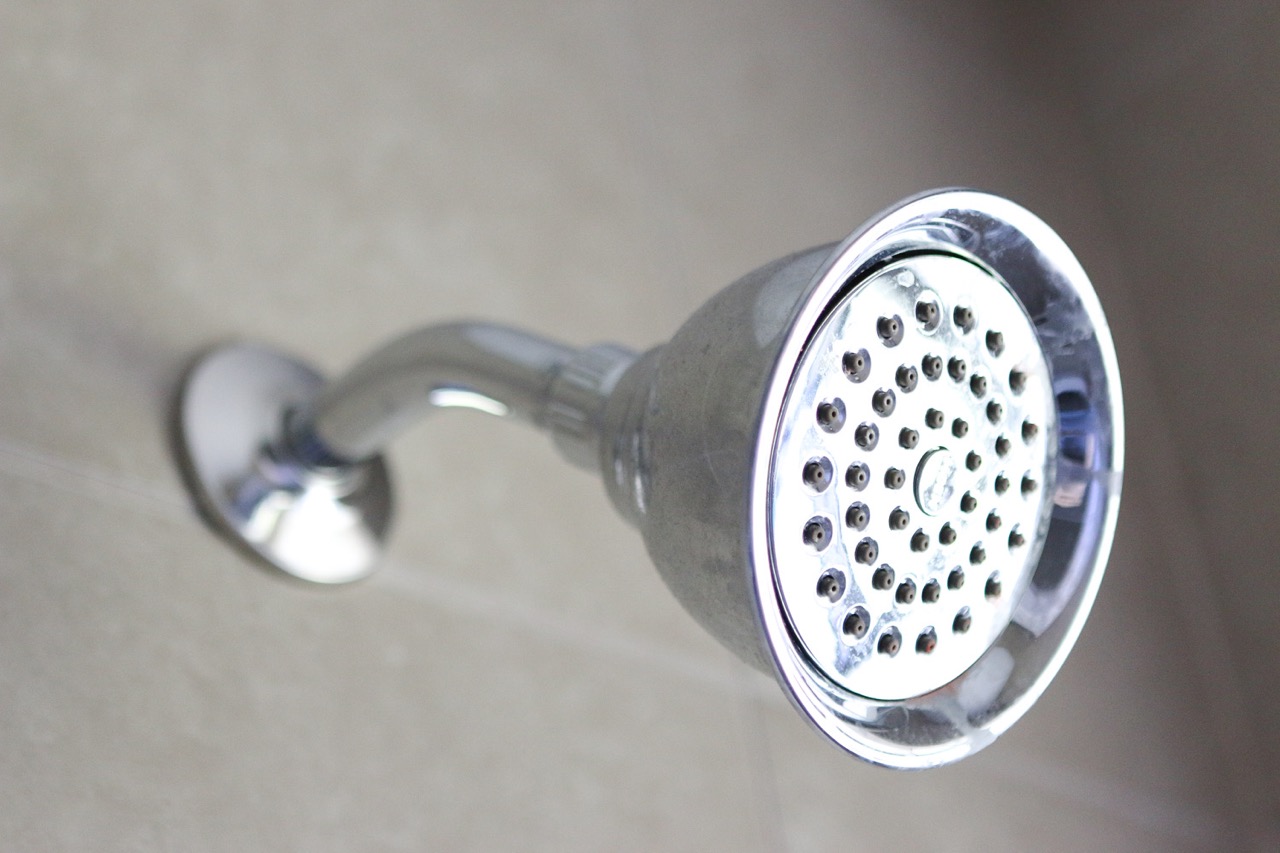
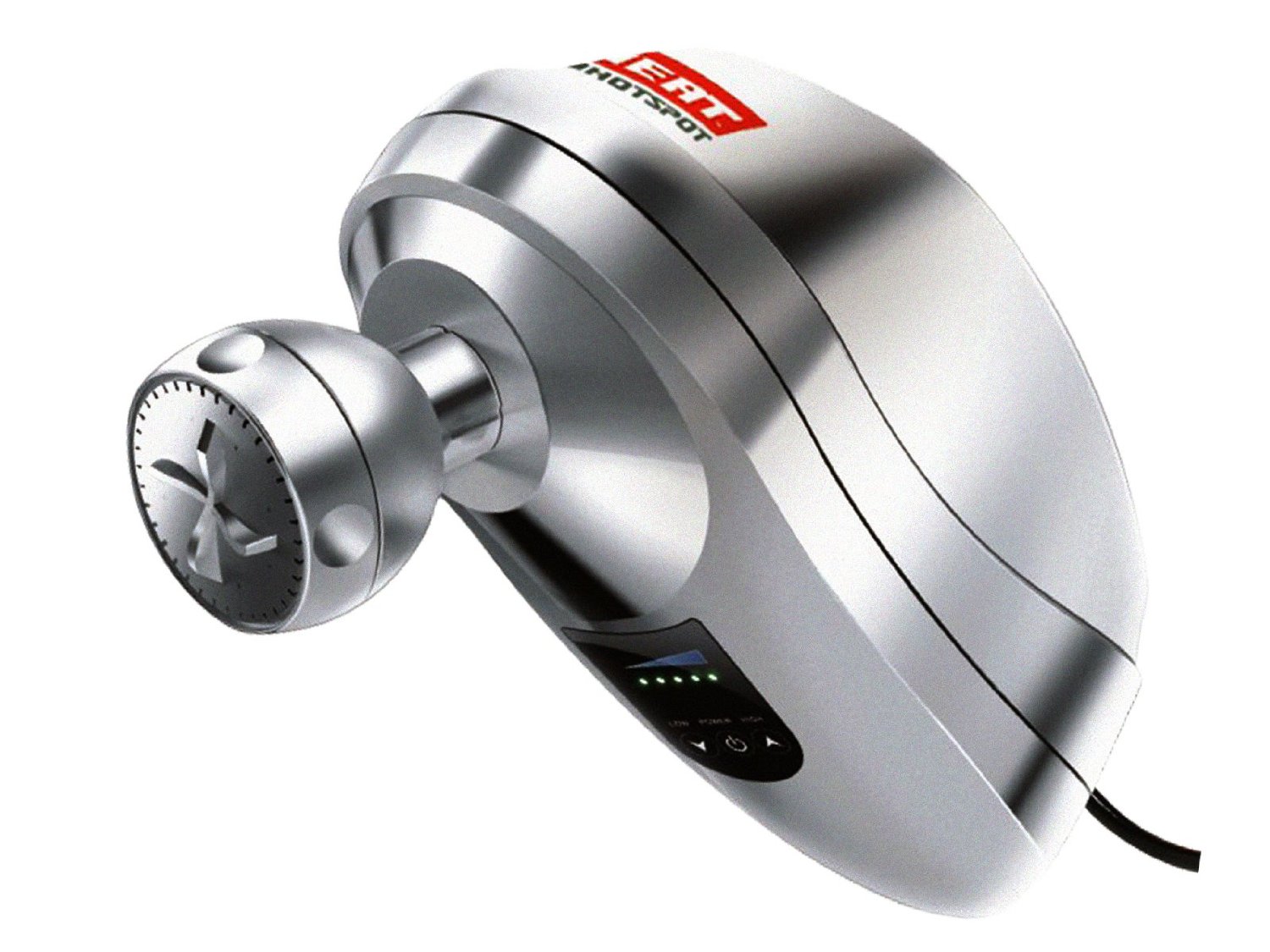
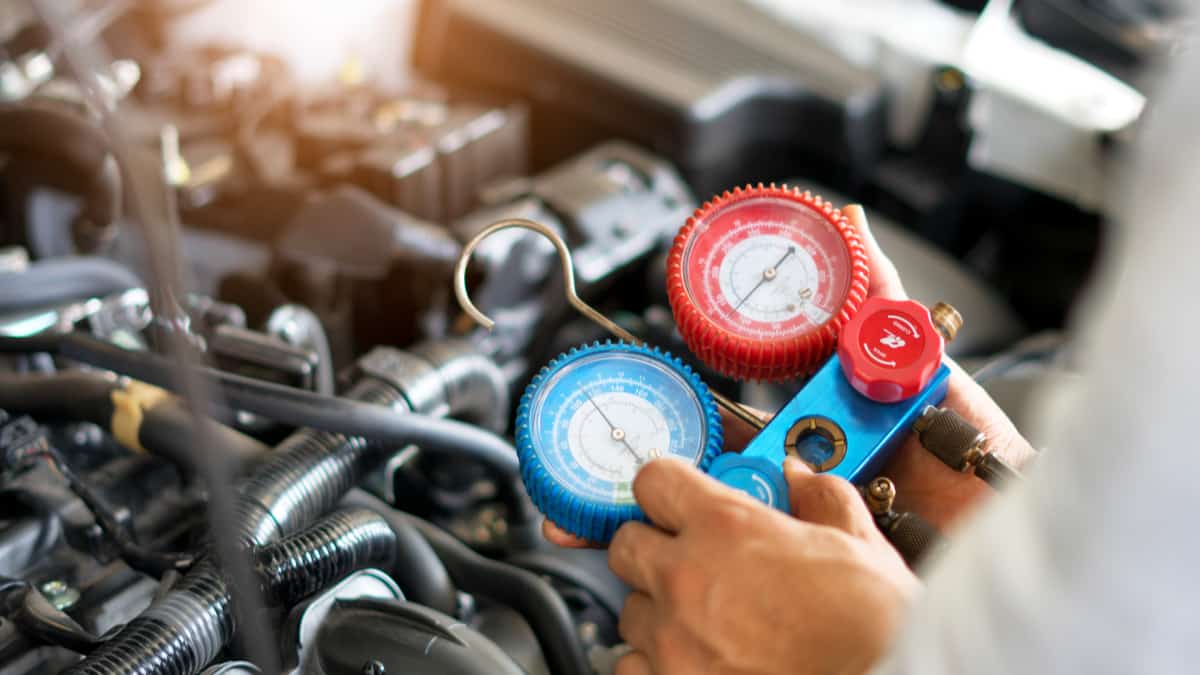
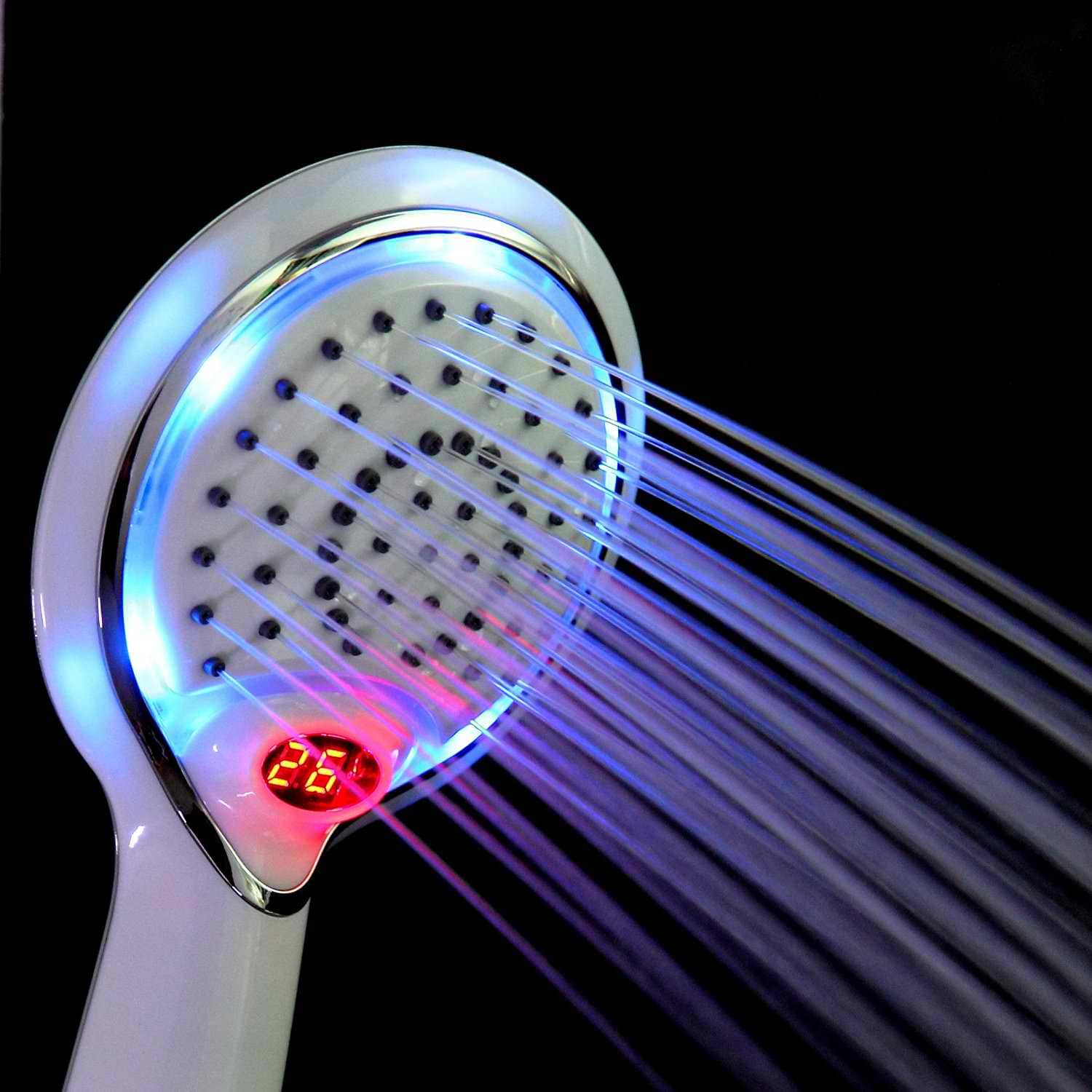
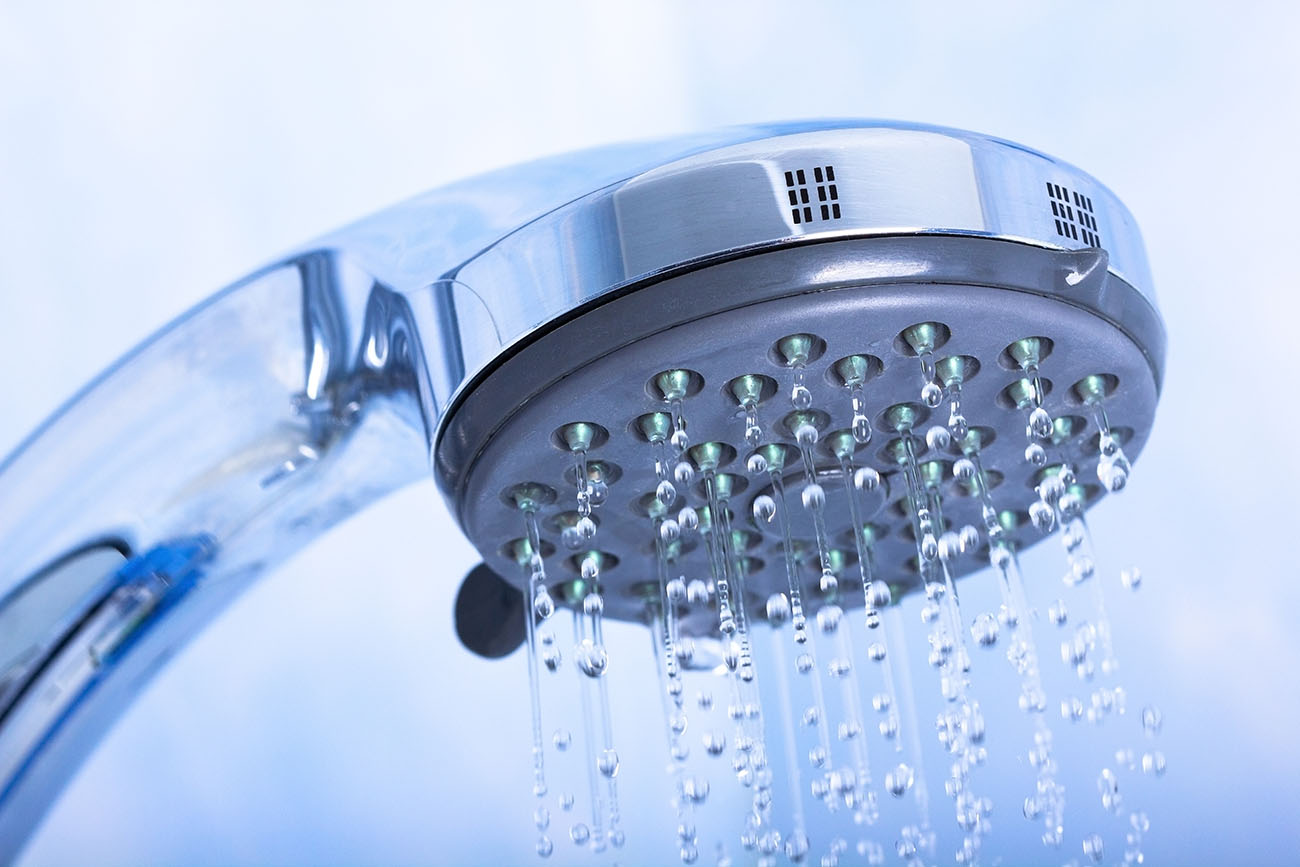

0 thoughts on “What Showerhead Works Best For Low Water Pressure”